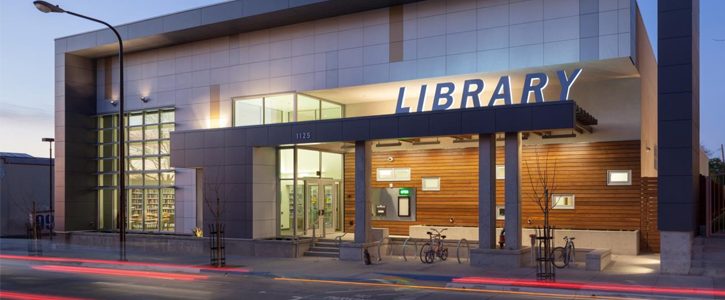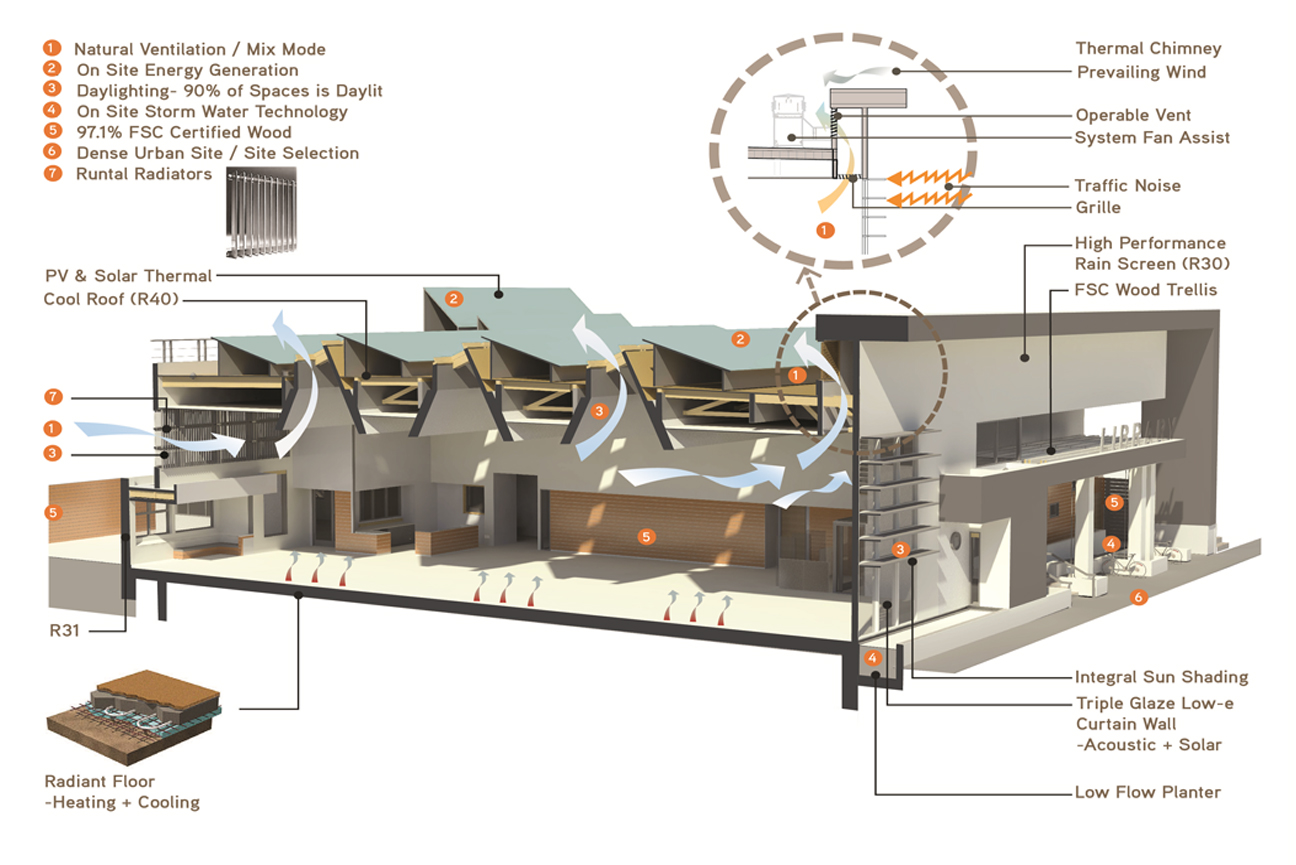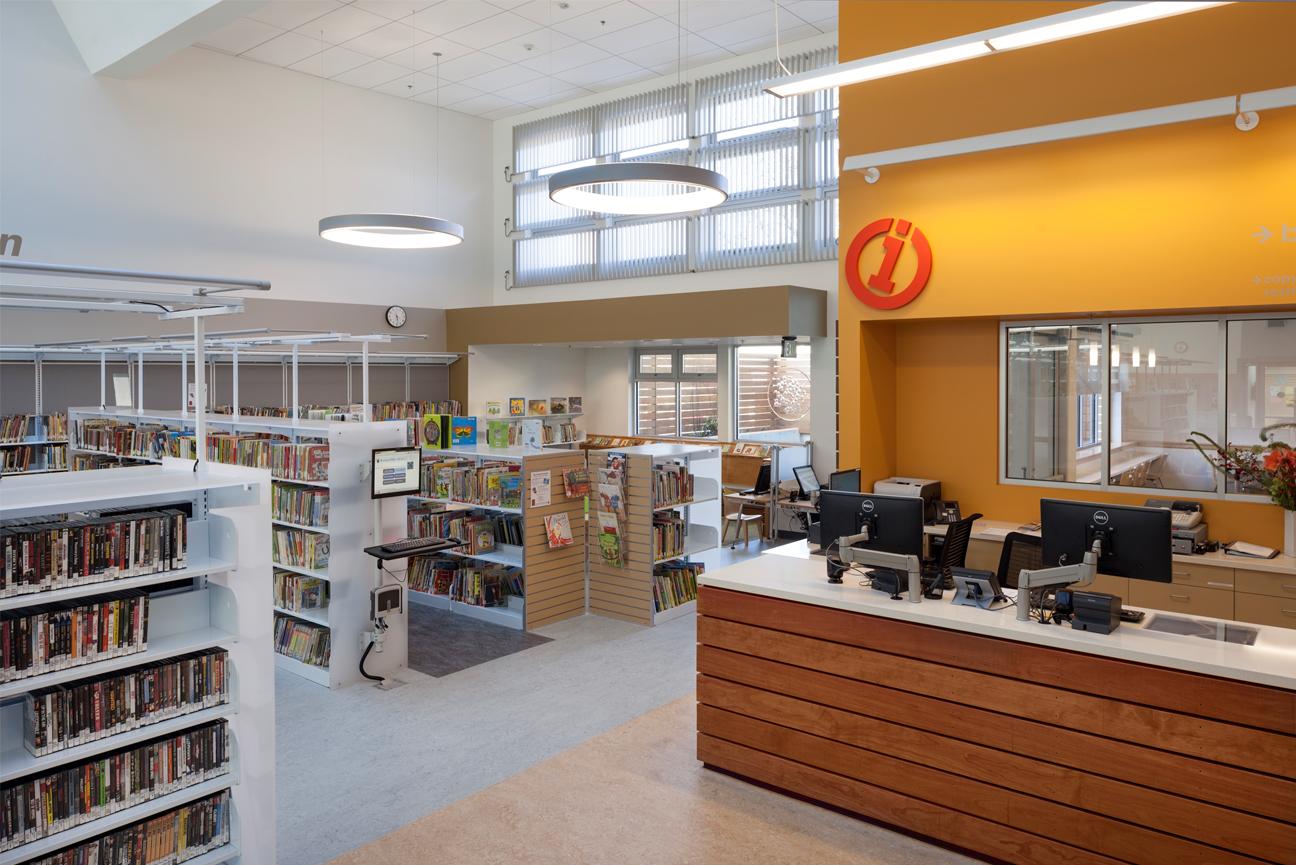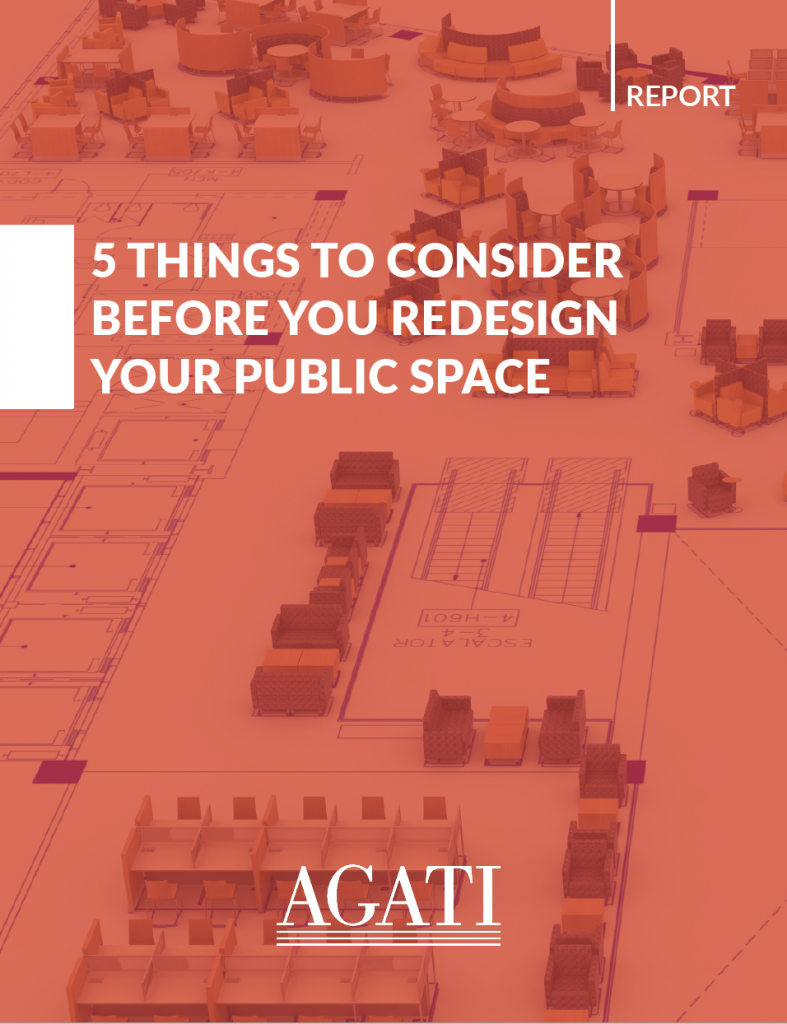
Sustainability, green building, and environmental awareness are common elements of contemporary library design. When considering updating your space, these might be some of your biggest concerns relative to budget or achieving a LEED standard desired by your community.
AGATI reached out to Diane Lam, an interior designer in California with years of library experience of her own and within her family, and participation at the forefront of the green building movement. Diane provided material to inspire and enlighten AGATI readers to engage in some sustainable buildings of their own, by detailing the new initiatives on the West Coast. How can your library benefit from an increased environmental consciousness?
“Many library systems are in the process of upgrading, renovating and/or building new main and branch libraries all over the country. Here in California, the Sacramento Public Library and the County of Los Angeles Library systems are just two that are extremely busy with both large and small construction projects.
Speaking to many librarians, public officials and facility managers, there is an interest in learning more about sustainable building practices and how they can be utilized for their upcoming projects. Collaborating with architects and interior designers specializing in library design and sustainability can provide librarians with valuable insight on how their libraries can not only be the heart of their communities but also be leading examples of sustainable design.
With the increased recognition of the benefits of green building, more and more libraries are considering incorporating strategies to reduce the overall impact of the built environment on human health and the natural environment. Promoting renewable, clean energy has also become a priority. In fact, California leads the country in energy efficiency standards and has several important laws that have prompted librarians and city officials to seriously begin to think of how future new construction and renovation projects can become compliant.

West Berkeley Library Zero Net Energy diagram
The first of these regulations, the California Global Warming Solutions Act of 2006 (AB 32) calls for a reduction of California’s greenhouse gas emissions to 1990 levels by the year 2020. Further, in 2008, the California Public Utilities Commission (CPUC) presented The California Efficiency Strategic Plan, which among many other aggressive goals, adopted a target that all new commercial construction in California will be zero net energy (ZNE) by 2030 and 50% of existing commercial buildings will retrofit to zero net energy buildings by 2030 as well.
A zero net energy building uses no more energy than it can produce on site over the duration of a twelve month period. If that weren’t enough, Governor Brown’s Executive Orders #B18-12 builds on these previous laws by requiring that all new state buildings and major renovations be zero net energy facilities by 2025 and that 50% of new facilities beginning design after 2020 be zero net energy. That is only five short years away!
To help librarians, administrators, and city officials make sense of these new energy goals, I have interviewed an expert in the field of green construction and zero net energy buildings, Gerard Lee, to help provide you with some suggestions of what you can do to prepare for meeting the criteria as outlined above.
Q: What steps can librarians along with city officials take to prepare for meeting the criteria of achieving Zero Net Energy for 50% of the square footage of existing city-owned buildings by 2030?
Gerard: There are many things library districts and city officials can do to get to ZNE. The first step would be to carry out an energy audit or study of their existing facility. This will help them understand energy usage patterns in the building and help inform stakeholders about possible paths forward.
The energy audit/ analysis will help define what the plug loads, mechanical, lighting, equipment, etc., loads are. Other steps could possibly be:
- Develop a zero net energy and climate action plan
- Conduct a ZNE pilot program on a remodel
- Energy modeling, analysis, and simulation
- Develop a prototype ZNE project
- Procure services of design professionals with proven ZNE expertise
What is important to understand is that designing ZNE facilities is very different than standard buildings. It requires a holistic approach that starts with a site and climate analysis that helps inform the design team about possible design solutions that could lead to a true ZNE performance.
By understanding how the site works with both the climate and topography, it provides clues to the design team in how they program and shape the building to both meet functional requirements and yet work in concert with the climate to create a high performance building. These design concepts need to be modeled and analyzed to ensure that the design is on track.
It requires the use of consultants that are knowledgeable in building simulation but the architectural design team itself needs to know how to design these buildings and avoid a heavy reliance on mechanical strategies. Especially with public or municipal buildings, the design team has to understand how to design with the climate and balance both the needs of the stakeholders and project budget. Focusing on energy reduction prior to designing for renewable energy is one strategy to help keep costs down.
A good design team will help you meet your goals.

West Berkeley Library interior — Photo Credit – Mark Luthringer
Q: Can you recommend some resources that may aid in developing action plans?
Gerard: Procure the services of A/E consulting firms that have a proven record of designing and verifying the performance of Zero Net Energy buildings, if possible in the public/ civic arena. There is a huge difference between how buildings are designed and constructed in the public sector versus the private commercial sector.
These consultants have the ability to analyze current usage trends and develop solutions that are costs effective. In addition, the New Building Institute is a great resource to government agencies, k-12 and other public organizations. They hold a number of public workshops focused on ZNE and the development of ZNE action plans throughout the state of California.
Other resources include the International Living Futures Institute which publishes a lot of good data and educational material about the design of highly sustainable buildings.
Fortunately there are a number of conferences focused on sustainability that are held every year. The Living Future unConference, Net Positive Energy + Water Conference, Greenbuild, California Green Summit, CA Green Schools Summit, Emerging Technologies Summit and many others.”
Gerard Lee, AIA LEED BD+C is a Studio Leader and Associate with Harley Ellis Devereaux in Oakland, CA. His studio focus is primarily Civic/K-12 and Higher Education projects with an emphasis on sustainability. He was the project architect for the recently completed verified Zero Net Energy West Berkeley Library (NZEBC registered). He has been invited to speak at ZNE workshops and forums, including the California Green Schools Summit and the Emerging Technologies Summit.

Diane K. Lam is a library design consultant with Dotrio, Inc. in Los Angeles, CA. She has worked on numerous public library projects and university library projects. She can be contacted at [email protected] for more information. Read the original post on her site, here.
FREE RESOURCE:
Whether it’s a full or partial redesign, it’s important to know what questions to ask and what to consider. After over 35 years of designing furniture for public spaces, we’ve learned a few things to help make the redesign a success. Download this free resource to learn 5 things to consider before you redesign:

